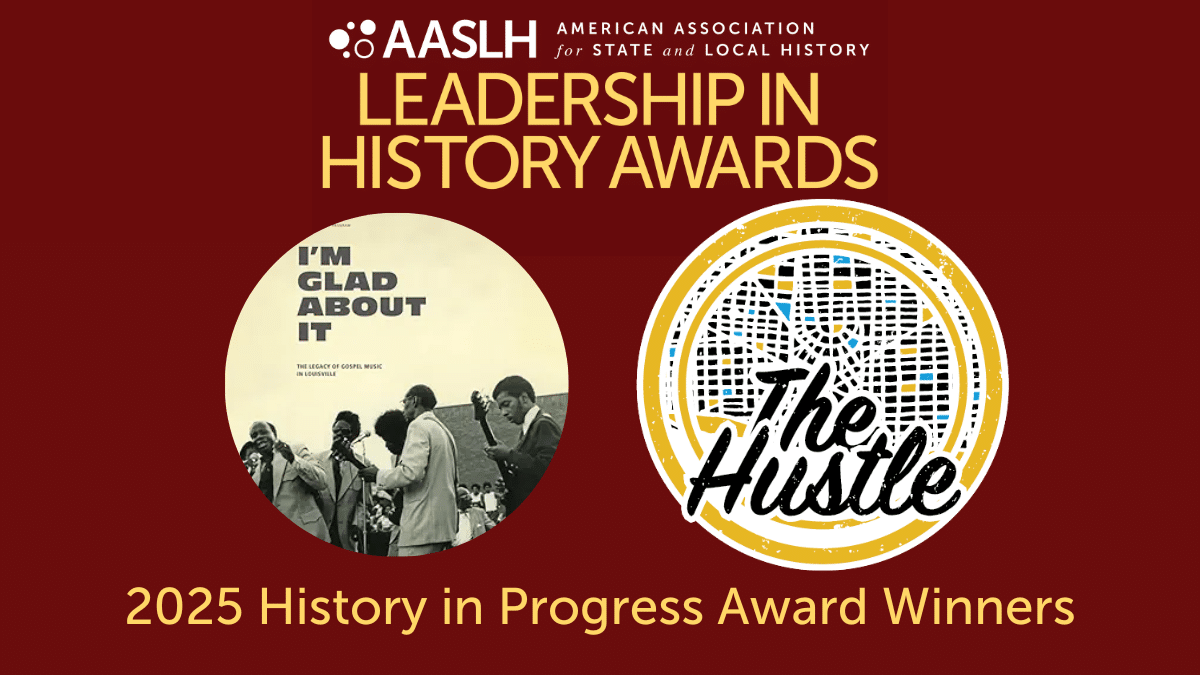The History Project (THP) is a volunteer group that collects and interprets the history of the Village of Cayuga Heights, New York, under the guidance of the Municipal Historian and for the benefit of its residents and local history enthusiasts everywhere. Once the site of Cayuga Nation hunting grounds and then post-Revolutionary farmlands, the village was incorporated in 1915. Located on 1.82 square miles of land adjoining Cornell University, Cayuga Heights is the quintessential university suburb, with a population of approximately 3,700.
Cayuga Heights has been home to renowned individuals, among them scientists who worked on the Manhattan Project during World War II, Nobel Laureates, and authors such as Vladimir Nabokov and Pearl S. Buck. Lesser known but equally important are residents who have contributed to such endeavors as improving the living conditions of rural families. Academic specialists from diverse fields have served as village officials. Cornell architects have left their mark through distinctive house styles and landscape designs. Other academics have turned their backyards into laboratories for botanical and agricultural research. Residents from all over the world have enriched our cultural landscape. Typical of any small community linked to a university, Cayuga Heights has seen residents come and go, and with this transience comes the potential for losing sources of local history.
The overarching objective of THP is to bring together members of the community—both past and present—around shared history with an eye to preserving the village’s built and natural environments. Their centennial year, in 2015, provided an opportunity to pursue this objective through public programs, including a Centennial Speaker Series and a historic house tour attended by more than 400 participants.
To share the history gathered during the centennial year, project members created the Cayuga Heights History Project website. Guided by our motto: “Everybody has a story. Tell it. Every house has a story. Learn it.”, the site focuses on village history through people and places. It provides resources to guide residents with their own house history research, thereby engaging community members in a meaningful and positive experience. After all, history is “an extension of the personal memory, and an extension which masses of people can share,” as historian Carl Becker, himself an early village resident, phrased it.
Response to the Cayuga Heights History Project website has surpassed expectations. Over the past year, 6,719 unique visitors have explored the site, resulting in more than 29,000 page views. On the companion Facebook page, 13,335 people have viewed posts about village history and the public programs. Anecdotal evidence also suggests that the community engagement goal has been met. “I’ve seen the activity to preserve the Village’s history go from zero to a notable part of the local lexicon,” notes Village Clerk Joan Mangione. “We get comments from residents about their house’s history as they stop in to conduct village business. There was an untapped desire to learn about village homes, roads, and political history. Now villagers are discovering the rich history here.”
Recipient
field_52247df8cf362
Award Details
field_52247df8ef76a
Online Details
field_52247df90c76e
Contact Details
field_52247df916ae8



